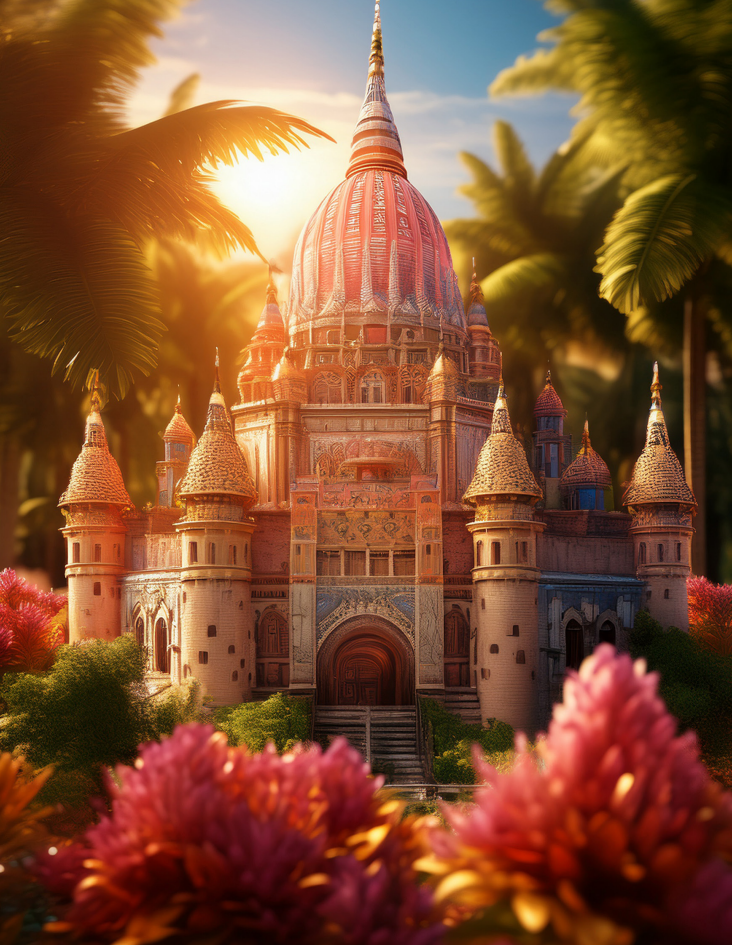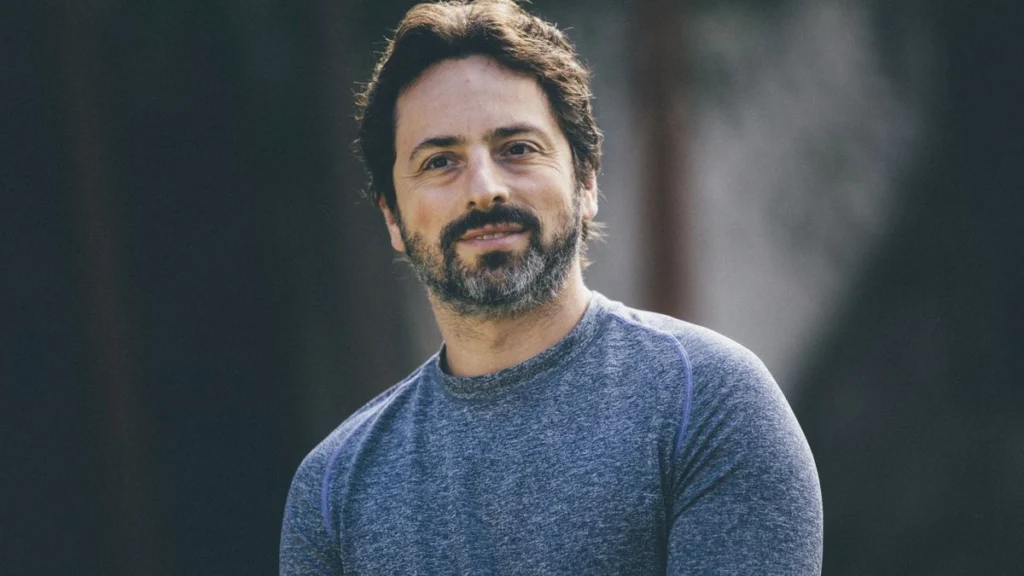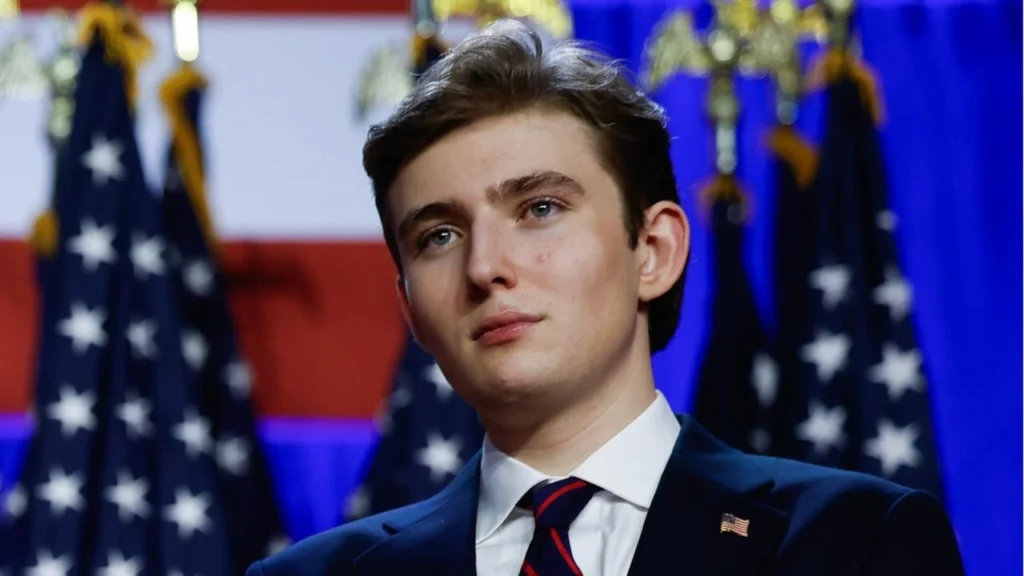Digital Renaissance
How AI and Creators Are Reshaping Art, Fashion & Culture
By Marina Ezzat Alfred
A new creative era is unfolding one defined not by brushstrokes or fabric seams alone, but by algorithms, pixels, and the seamless integration of technology into every aspect of artistic expression. The Digital Renaissance is here, powered by artificial intelligence and digital platforms that are reshaping how we create, consume, and understand art, fashion, and culture. This transformation is not simply about tools it’s about reimagining creativity itself.
Artificial intelligence has become a vital collaborator in the artistic process. No longer limited to traditional mediums, artists are now leveraging machine learning and generative algorithms to craft works that push the boundaries of imagination. Platforms like DALL·E and Midjourney allow anyone to produce stunning visuals from text prompts alone, democratizing access to creative production. What once required years of training can now be explored with a few keystrokes opening the gates to a broader, more inclusive world of art.
Major institutions have taken notice. AI-generated pieces are entering galleries and museums, raising profound questions about authorship, originality, and the value of art in the digital age. The sale of “Edmond de Belamy,” an AI-generated painting auctioned at Christie’s for over $432,000, marked a historic moment that blurred the lines between human and machine creation. These advancements are not replacing human creativity they’re expanding it, introducing new styles, aesthetics, and ways of seeing the world.
In fashion, the shift is just as radical. Digital fashion houses are emerging, creating collections that exist purely in virtual space. Leading luxury brands like Balenciaga and Gucci are experimenting with virtual garments and avatar dressing, redefining how fashion intersects with identity in online worlds. Here, creativity isn’t bound by the limitations of fabric or physics. Designers are free to imagine fluid, interactive pieces clothing that changes shape or color with a click, or accessories that live solely in augmented reality.
This digital dimension of fashion also addresses critical concerns around sustainability. Virtual try-ons, AR experiences, and the absence of physical production in certain collections reduce environmental impact while enhancing convenience. For a generation raised on screens and social media, fashion is no longer just about appearance it’s about presence in both physical and digital realms.


At the intersection of art and technology stand a new generation of creators: influencer-artists who seamlessly bridge tradition and innovation. Platforms like Instagram and TikTok have become global galleries, enabling artists to build massive followings and share their hybrid creations with diverse audiences. Many of these creatives are blending classical techniques with AI tools, creating novel fusions that resonate across cultures and platforms.
Their influence extends beyond social media. Collaborations between artists and tech firms or fashion brands have birthed limited-edition collections and immersive projects that defy conventional categorization. From augmented installations to wearable NFTs, these partnerships are rewriting the rules of engagement between consumer, creator, and brand. The rise of blockchain and NFTs has further empowered artists to monetize their digital work directly, bypassing traditional gatekeepers and reaching global audiences with unprecedented freedom.
This fusion of technology and creativity is fundamentally altering our understanding of luxury and identity. Digital ownership once a foreign concept is becoming a new status symbol. Blockchain verification, unique NFTs, and exclusive virtual experiences redefine luxury not as something material, but as something meaningful, experiential, and personal. Consumers now seek authenticity, connection, and narrative values that digital creators are uniquely positioned to deliver.
The Digital Renaissance represents more than a shift in medium it’s a cultural realignment. As AI continues to evolve, it compels us to reevaluate what it means to create, to own, and to be inspired. It invites us to embrace innovation, question conventions, and explore new ways to express our identities. Creativity, once the domain of the few, is becoming a collaborative, tech-driven force that welcomes all.
This is not a passing trend. It’s a movement—bold, inclusive, and deeply transformative. As artists, designers, technologists, and audiences come together in this brave new world, we are witnessing a redefinition of what it means to be human, to be creative, and to belong. The Digital Renaissance is unfolding before our eyes, and its legacy will shape the culture of the 21st century and beyond.


